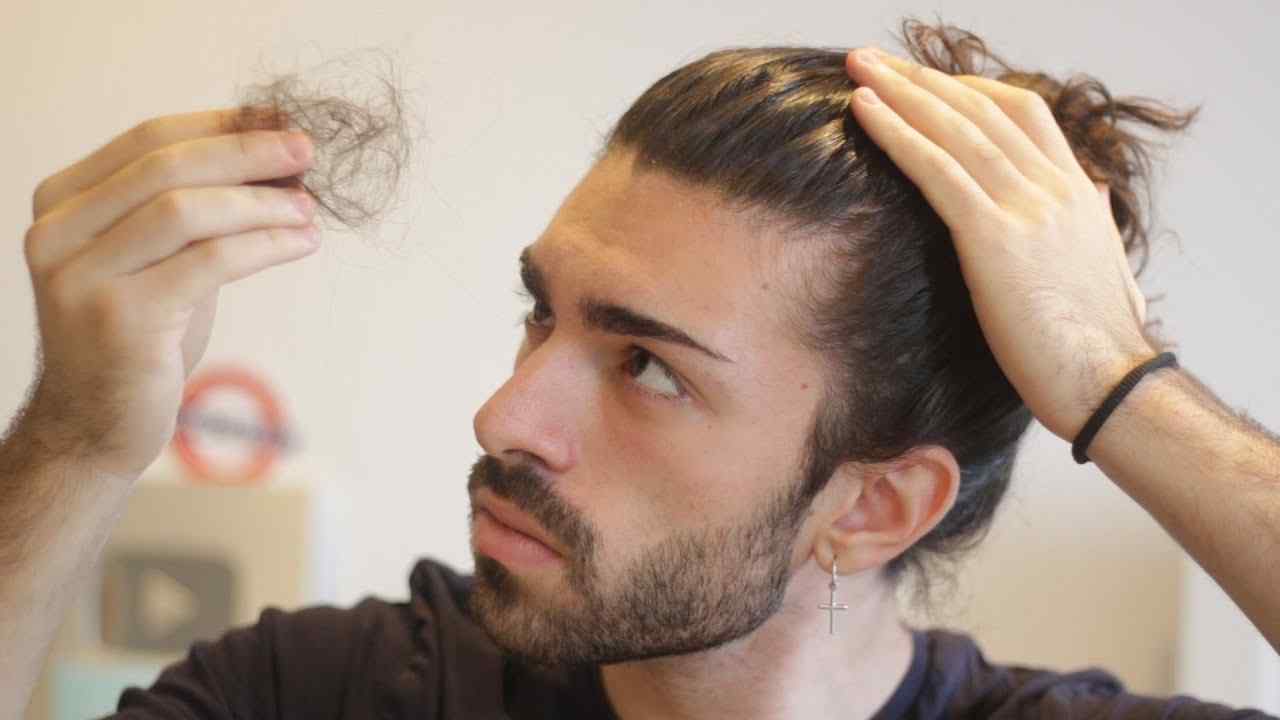Finasteride What Every Man Must Know

Sometimes we can’t control the loss of our hair. It creeps up on us slowly with bald spots, receding hairlines, and many other symptoms. Of course, going through hair loss is never easy because, with every hair shed, our confidence goes down too.
After all, hair is an important aspect of every man’s identity. The good news is that you can treat male pattern baldness with finasteride. Here is what you must know about it.
What is Finasteride
Finasteride is an FDA-approved prescription medication that treats male pattern baldness and androgenetic alopecia. There are many brand names for this medication market finasteride. The most popular ones include Proscar and Propecia.
Propecia is a brand name for finasteride that is sold by Merck & Co., a pharmaceutical company. On the other hand, Proscar is a high-strength form of finasteride. The medication comes in a tablet, and you can use it daily, depending on the prescription by your doctor.
Types Of Hair Loss Men Experience
Did you know that it is common to lose 100 or 50 hair per day? That is a normal amount, and if you shed this, it does not mean that you have male-pattern baldness. That is because such hair fall is a standard part of your hair’s natural growth cycle.
The most popular hair loss type in men is male pattern baldness, and the FDA approves finasteride to treat this issue. However, male pattern baldness is not the only hair loss type that men experience. Other types of hair loss include:
- Alopecia Areata
Alopecia Areata is a type of autoimmune hair loss where the hair falls in round and small patches. The reason for this type of hair loss is still not known, but experts suggest that it might be because of infections, stress, or medications. Finasteride is not an effective treatment for this type of hair loss.
- Telogen Effluvium
Telogen Effluvium is temporary hair loss because of fever, surgery, stress, nutritional deficiency, infections, and even hormonal changes. Again, the reason for this hair loss is not DHT, which is why you can’t use finasteride as a treatment.
- Tinea Capitis Or Scalp Ringworm
The scalp ringworm is a fungal infection that will lead to hair loss in patches. You can’t use finasteride for this problem because hair loss is a result of a fungal infection on your scalp.
How Does Finasteride Work?
One of the top hormones that play a critical role in male pattern baldness is DHT. The DHT can bind to the hair follicle receptors and cause hair loss across the scalp if you have hair loss in your genes. On the other hand, finasteride works in such a way that it reduces DHT in your blood.
When that happens, your hair follicles will be protected from any damage related to DHT. That is why when you begin using finasteride for male pattern baldness, you will notice a slow pace of hair loss, and it might even stop entirely. There are many success stories of men who notice hair regrowth in their male pattern baldness-affected areas.
Finasteride produces effective results in many men, and many studies also prove this effectiveness. Of course, there may be some exceptions as the medication may not work well on everyone. However, almost all males notice a significant change in no time.
Finasteride Side Effects
All medications have side effects. Most of the side effects you experience from finasteride will be on the mild side. However, there are rare cases where the side effects can impact the quality of life.
Here are some potential finasteride side effects:
- Mood changes
- Depression
- Ejaculation issues
- Discomfort or pain in testicles
- Erectile dysfunction
- Low libido
That is why you must begin with a low dosage. The higher your dose is, the more likely it is that the side effects will be strong. So, always follow the doctor’s orders when it comes to finasteride.
Final Words
That was your complete guide to what all men must know about finasteride. If you are experiencing male pattern baldness, this can be an effective medication. However, you must consult with your doctor before beginning this treatment.
Also Read: How to Choose Epoxy Floor Coating

